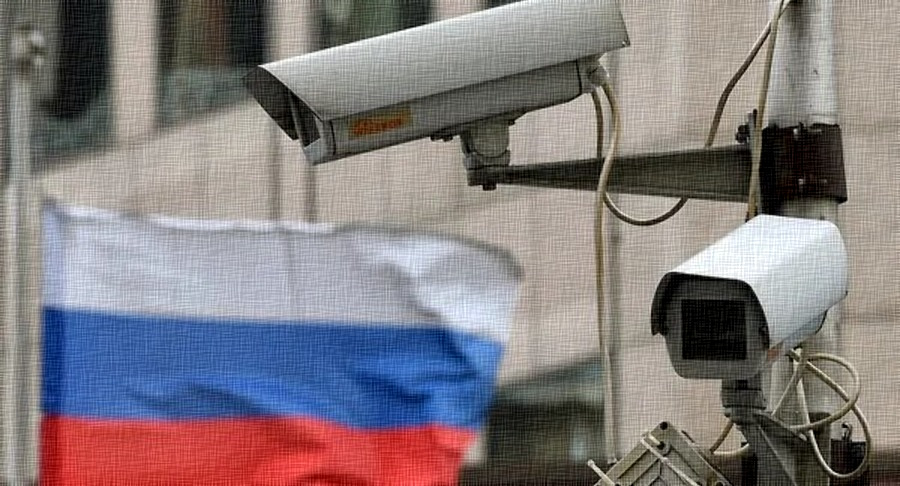Authorities Plan to Create a Unified Video Surveillance Platform
The government is discussing the development of the GIS “National Video Surveillance Platform,” which will integrate video surveillance systems operating in Russian cities into a single network, according to sources cited by Kommersant. The development of the platform was discussed at a meeting of the interdepartmental commission on the implementation and development of the “Safe City” hardware and software complex (which includes the Ministry of Emergency Situations, Ministry of Industry and Trade, Ministry of Internal Affairs, and FSB) in mid-May of this year.
The plan is to spend 250 billion rubles over five years on the development of this platform. The project involves installing “smart” cameras with primary analysis functions, a source told the publication. Currently, video surveillance systems send video to data processing centers (DPCs) via continuous streaming, the source explained. “This is a dead-end technology that requires too many DPCs, so the cameras to be launched as part of the GIS are planned to be equipped with computing modules,” he clarified. Thanks to this, the system will be able to independently recognize certain incidents, such as crimes, and only then send the data to the DPC.
The joint venture between Rostec and Rostelecom—LLC “National Technologies”—is being considered as the contractor for the project. Rostec structures will handle the hardware part of the project, while Rostelecom will be responsible for the software. The Ministry of Industry and Trade told the publication that the initiative “comes from the industry.”
Although the technical capability to analyze data on the cameras themselves rather than in DPCs already exists, this does not mean that a complete transition to the new technology will be economically justified, notes Pavel Svarnik, director of the strategic development center at Lanit-Integration. According to him, a smart camera is two to six times more expensive than a regular one. “In addition, when conducting retrospective analysis of events, you often need all the content for a certain period, not just fragments,” Svarnik believes.
The feasibility of installing cameras with computing modules will be determined based on specific tasks, says Ivan Pokrovsky, executive director of the Association of Russian Developers and Manufacturers of Electronics. In one part of the city, it may be necessary to quickly detect incidents and recognize faces—there, the expert suggests, cameras with powerful computing modules will be installed, while in another area, cheaper cameras with only motion sensors may suffice.
Automated incident analysis directly on cameras is only possible if it does not involve personal data, says Dmitry Dyrmovsky, CEO of the CRT Group. “For example, facial recognition, especially in the context of searching for criminals, involves highly confidential information, so placing such data on the camera itself is strictly prohibited,” he warns.
In May, it became known that there are plans to implement the “Safe City” system with facial recognition across Russia. In Tatarstan, a corresponding bill is being developed, and if it is adopted at the regional level, it is planned to be submitted to the State Duma.



